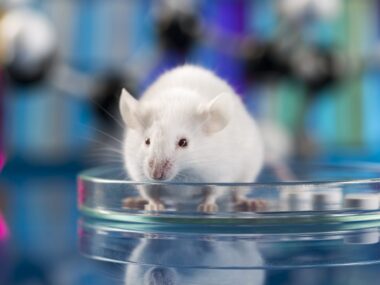Spark, Neurochase Collaborate on Brain Delivery Technology
CED technology lets gene, other therapies be delivered into specific brain regions
Written by |

Spark Therapeutics and Neurochase have joined forces to develop Neurochase’s proprietary delivery technology for gene therapies that target neurodegenerative diseases, such as Huntington’s disease.
The technology, called Convection Enhanced Delivery (CED), allows for a controlled delivery of gene and other therapies directly into specific brain regions with the aim of increasing a therapy’s effectiveness and avoiding unwanted exposure to it.
The partnership will let Spark, a member of the Roche Group, use the CED technology to deliver selected gene therapies that use a modified and harmless adeno-associated virus (AAV) to deliver the genetic cargo.
“Neurological conditions are known to be challenging to target and treat, and we look forward to collaborating with Neurochase toward our goal in improving delivery of AAV-gene therapies to the brain,” said Federico Mingozzi, PhD, chief science and technology officer at Spark, in a company press release. “Leveraging our combined expertise further supports Spark’s ongoing research and development of gene therapies for diseases affecting the CNS [central nervous system], like Huntington’s Disease.”
“This collaboration with Spark is an important milestone in our company’s work to improve outcomes for patients and extend tolerability of therapies for central nervous system disorders, including novel gene therapies,” said Sharon Kane, CEO of Neurochase.
Huntington’s is caused by defects in the HTT gene that lead to toxic clumps of the huntingtin protein being produced throughout the body, mainly affecting the brain and spinal cord, or CNS.
AAV-delivered gene therapies have great potential in Huntington’s and other genetic diseases for preventing or delaying the progression of the disease and managing symptoms. These experimental therapies come with several drawbacks, however, especially if they are delivered to the whole body (systemically) or in a non-targeted way.
Some of these difficulties include the immune response against AAV and the toxicity caused by the unwanted production of the protein coded by the delivered gene in nontargeted cells and tissues. Crossing the blood-brain barrier, a highly-selective membrane that prevents microbes and large molecules in circulation from entering the CNS, is also difficult for systemically-delivered gene therapies for CNS diseases.
The CED technology aims to overcome these setbacks by allowing controlled doses of the therapy to be delivered to specific brain regions. It does this by directly infusing the therapy into the brain through very small and flexible tubes, a surgical procedure that’s designed to be accurate, simple, and short.
This delivery actually takes advantage of the blood-brain barrier, which will act to trap the therapy in the brain, avoiding the problems of systemic or off-target exposure.
“Applying CED-based delivery systems for AAV gene therapies is an emerging strategy for the treatment of neurological disorders,” Kane said, adding that “advanced delivery systems for AAV gene therapies are promising techniques to allow targeted delivery past the blood-brain barrier with the ability to achieve therapeutic drug concentrations.”
Spark has previously entered into a research deal with NeuExcell Therapeutics to develop an AAV-delivered neuroregenerative therapy for Huntington’s.






